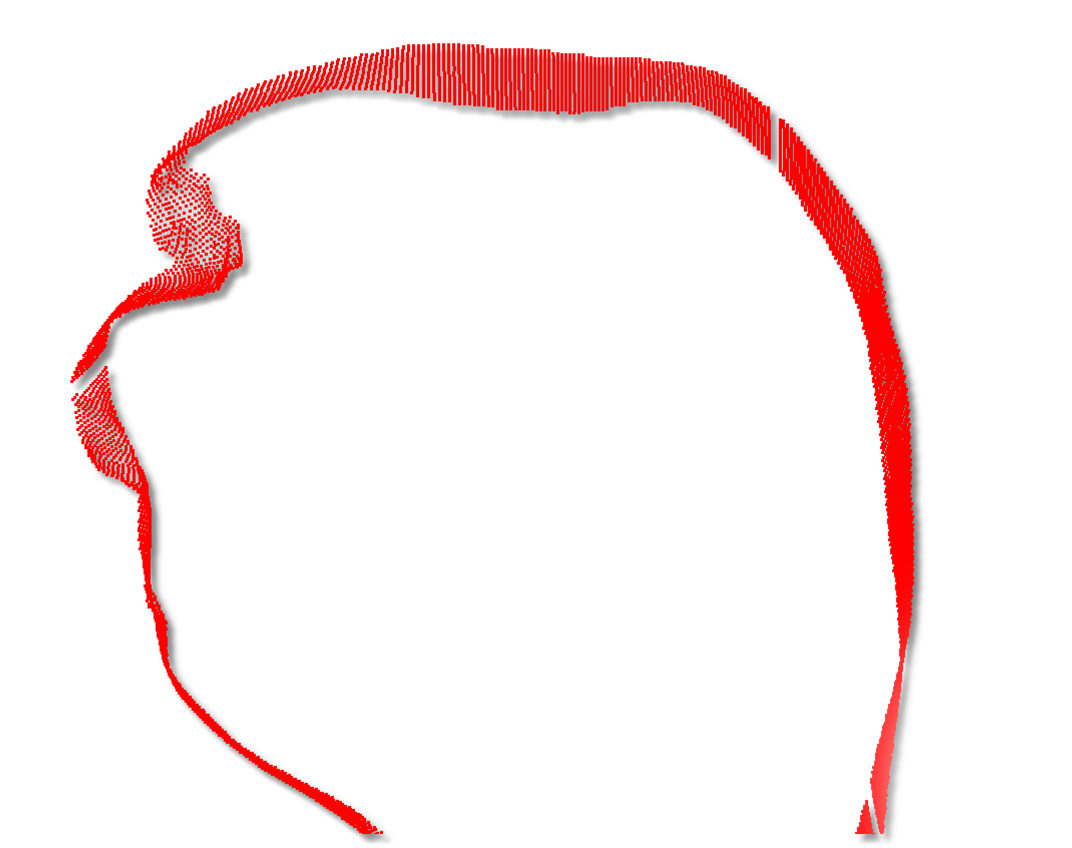My previous post on sectional interpretation is one of the most popular on Orefind's website. In that post, I indicated that it is now time for 3D interpolation to replace sectional digitisation as an industry best practice. I only really discussed a 2D outline seen in section, but in this post I’d like to extend that discussion into 3D, and I’m going to start by quoting a statement that I commonly hear in the industry:
“Interpreting in section and in plan is the most reliable way we can understand the geology of the deposit.”
I have heard this statement many times, and probably you have heard this yourself but unfortunately this statement is simply not true.
It is a myth.
I can demonstrate to you very clearly that this is a myth.
Many of you will think because I use Leapfrog Mining there would be no need for sectional interpretation. However the point I am going to make is actually completely independent of Leapfrog software.
What I mean by this is that I form an understanding of the deposit BEFORE I interpolate any data in Leapfrog software. Leapfrog simply becomes a methodology to create the solid from the data. The understanding was already formed by examining the data, and this occurs within about 10 minutes of seeing the data, but before I interpolate it.
Effectively this interpretation phase can occur outside of Leapfrog.
Because of this understanding I can often create a draft Leapfrog model for a client at the end of the meeting in one hour, with some preliminary interpretations to go with it. I used to do this over and over again when I was selling Leapfrog between 2003-2012. I have made many Leapfrog clients as a result of these live modelling demonstrations and by doing this repeatedly over the years I became faster at it. However without the technique I had developed it would be a struggle to understand the deposit, even with Leapfrog.
To me, "live modelling" is the only way to show the benefit of any software to a potential user - to show geologists the practical benefits immediately. There is no point in theorising about reducing risk or talking about how the software is fast and dynamic etc. These are simply meaningless marketing lingo - unless of course you can actually demonstrate this in front of a potential client and prove that these words are indeed true.
In fact you should get your Leapfrog salesperson to do this for you using your own data before you commit to Leapfrog software or for training.
A competent Leapfrog user should be able to load any assay and lithological data, describe the data geologically, model it, and have some preliminary conclusions ready for you within a one-hour meeting. After all, this is ultimately the very reason why I conceived Leapfrog, and I practice this in my consulting work every day. What was only a dream in 2001 is a reality now in 2013, and has been for some time, at least for me.
If your Leapfrog "expert" cannot model your data in front of you, or cannot tell you something new about the deposit that you were not aware of within a couple of hours, you should be questioning their competence, full stop.
If they don’t know how to operate Leapfrog fast and efficiently, it means that they don’t know the secret to accelerated geological modelling and probably lack experience at modelling data with Leapfrog.
The test
So, how do I do it?
The principle of the method can be demonstrated very simply by using an image that I show to my 3D modelling classes (below).

The above image is a sectional slice of an object. The aim of the game is that you must guess what this object is from this sectional shape.
To simulate a class scenario I’m going to give you three common guesses that I encounter in class, and these are:
- Granite intrusion
- Hand
- Brain
This is not a multiple choice question so none of the above answers may be correct. I’m just merely giving you these as these are the most common answers that I receive in class.
I discuss the answer and implications of this test in Part 2.